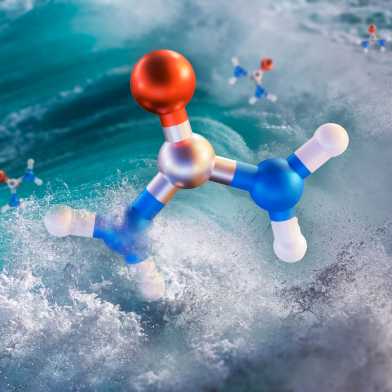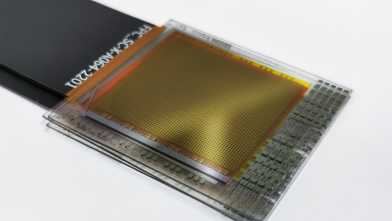D-CHAB News
A map for single-atom catalysts

Scientists led by Javier Pérez-Ramírez and Christophe Copéret, together with colleagues at the Universities of Lyon and Aarhus, have studied the atomic environments of single platinum atoms in solid supports as well as their spatial orientation using nuclear magnetic resonance. In the future, this method can be used to optimize the production of single-atom catalysts.
Making fibrosis visible – before it’s too late

Giuseppe Antoniazzi (Wennemers Group) is developing a diagnostic toolkit that gives early warning of fibrotic diseases. In doing so, this Pioneer Fellow wishes to contribute to the early detection of tissue scarring, which is usually noticed too late and can barely be halted, and enable countermeasures to be implemented.
How urea forms spontaneously

Urea is considered a possible key molecule in the origin of life. ETH researchers led by Ruth Signorell have discovered a previously unknown way in which this building block can form spontaneously on aqueous surfaces without the need for any additional energy.
Albert Eschenmoser in his last big interview

He shaped organic chemistry like few others: Albert Eschenmoser (1925-2023). Shortly before his death, the former ETH professor spoke to Helma Wennemers in detail about his personal and professional life. In Episode 1, he reveals how he got into chemistry - a “very interesting but somewhat complicated story”.
Better images for humans and computers

Maksym Kovalenko and his team, affiliated with both ETH Zurich and Empa, have developed a new image sensor made of perovskite. This semiconductor material enables better colour reproduction and fewer image artefacts with less light. Perovskite sensors are also particularly well suited for machine vision.